Automatic identification systems (AIS) help ships around the world identify each other and exchange information when they are out on the sea. They help those on board plan out and decide their course of action when navigating through a large body of water.
These systems are also used to communicate with land stations and coastal traffic centres to ensure your crew and vessel’s safe passage at all times. To make certain that AIS data can be utilised around the world in any situation, organisations like the International Telecommunication Union uphold standardised message types and telegrams that all AIS systems should be able to receive or send.
One of the key equipments that vessels use to communicate with other vessels, land stations, and coastal traffic is AIS Transponders.
What Are AIS Transponders?
AIS transponders like the Samyung ENC SI-70A are marine communication equipment used to receive and transmit information between your own vessel and surrounding vessels, as well as to communicate with land stations and traffic centres on the coast.
There are two types of AIS transponders: Class A and Class B. These classes have different functionalities and features that determine whether they are more suitable for professional or recreational vessels.
Class A AIS Transponders
Class A AIS transponders like the Samyung ENC SI-70A are typically used for professional or commercial vessels. They can transmit and acquire at a much longer range, and with greater frequency. This allows them to interface with vessels located further away, helping to prevent collisions or accidents out at sea. These transponders also have a data interface which allows the ship’s crew to know up-to-date traffic conditions and receive navigation data.
Class A transponders can make use of the complex Self Organising Time Division Multiple Access (SOTDMA) system to coordinate with other transponders in the surrounding area to better utilise transmission frequencies. Generally, the transmission frequency will depend on the ship’s manoeuvring status and speed, which ranges from every 2 seconds to every 3 minutes.
This type of transponder is usually mandated for vessels that are (1) 300 gross tonnages and above engaged in international voyages, (2) 500 gross tonnages and above not engaged in international voyages, and (3) passenger ships of any size under the International Convention for the Safety of Life at Sea (SOLAS) convention.
Class B AIS Transponders
Class B AIS transponders like the em-trak B200 with GPS100 Antenna have a narrower scope of use, tend to be cheaper, and are typically used for recreational vessels. Their features are usually limited to only receiving and transmitting the most important data. This includes the vessel’s MMSI number, course, size, and current position. Because of this, this type of transponder is easier to use compared to its Class A counterpart as the user will only need to add in the name and dimension of the ship once and then set sail with it in use.
However because their functions are limited compared to the Class A models, Class B transponders tend to have a lower reporting rate, with limited transmission power at 2W.
While Class A transponders use SOTDMA to communicate, Class B transponders tend to use Carrier Sense Time Division Multiple Access (CSTDMA). This simply uses the free time slots to transmit their data, resulting in accurate data but with potential delays. However, there are now Class B transponders that can make use of SOTDMA technology.
The frequency of a Class B transponder’s transmission will depend on the frequency load and the vehicle’s speed. It ranges from every 5 seconds to every 3 minutes.
Get Quality Class A and B Transponders from Tecomart
When it comes to marine communication equipment, we at Tecomart provide you with a varied selection of reputable and trusted brands. We have a wide variety of Class A and Class B AIS transponders from brands such as RAYMARINE, EM-TRAK, ICOM, and more. All of our Class A and B AIS transponders meet the necessary requirements as regulated by governing bodies and documents such as SOLAS, ensuring that your crew and vessel can be kept safe throughout their journey.If you want to know more about our AIS transponders, feel free to contact us today!

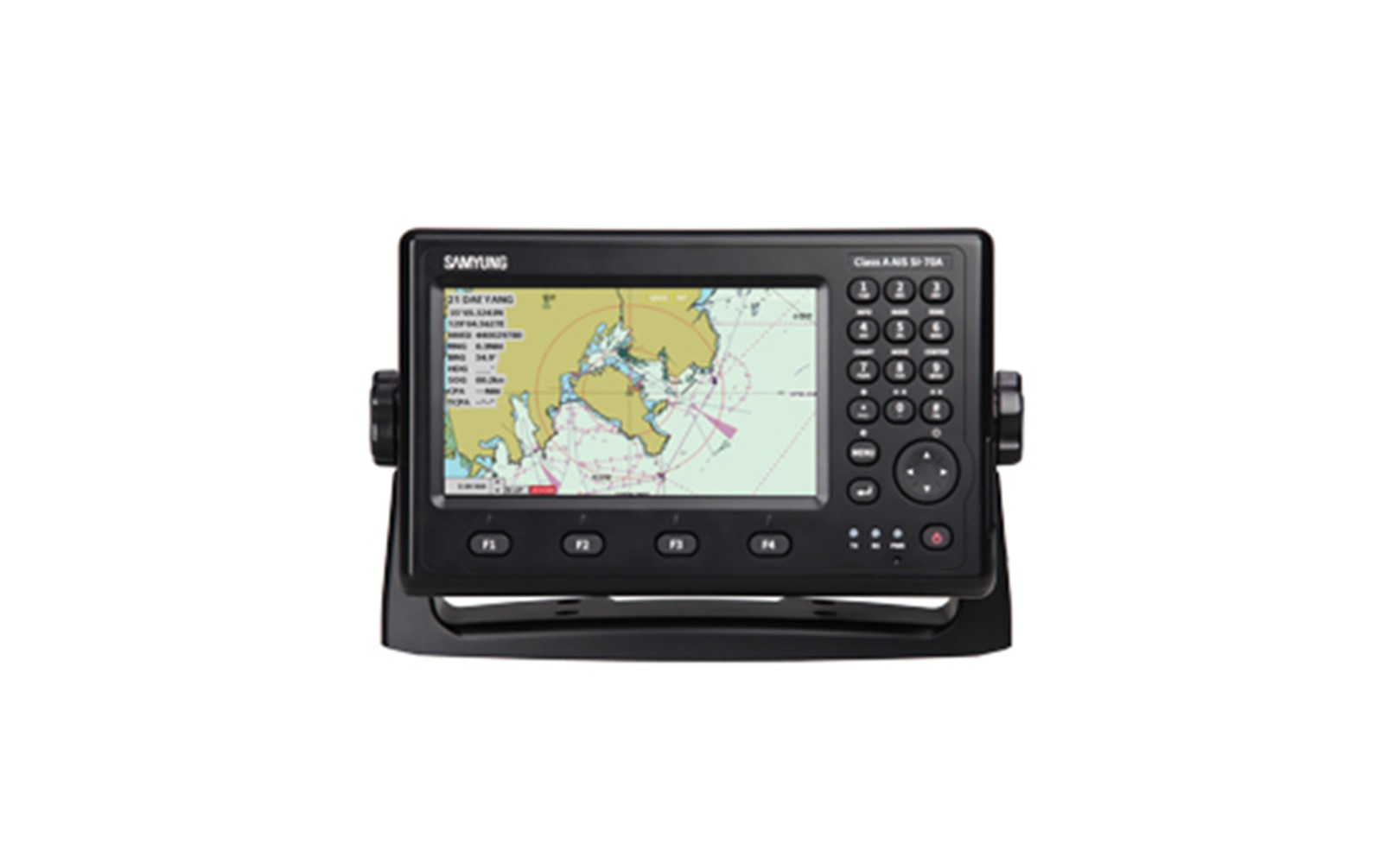
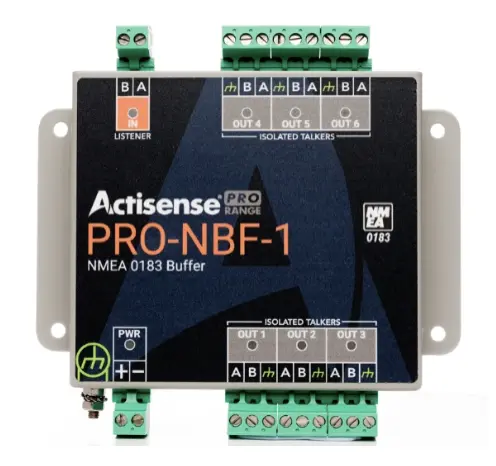

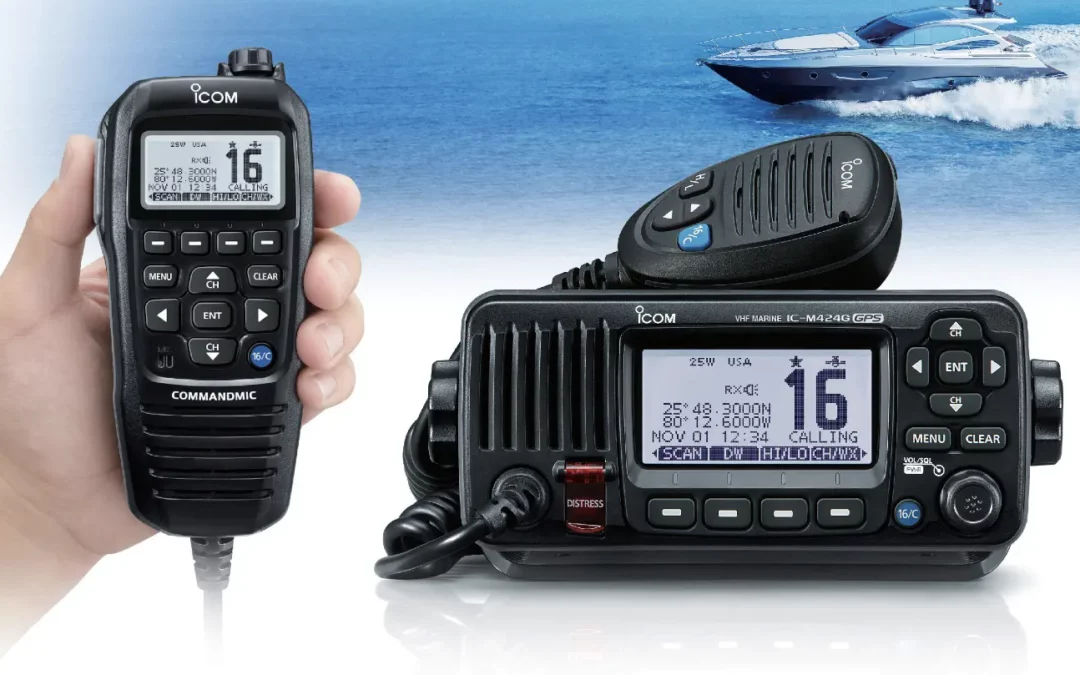
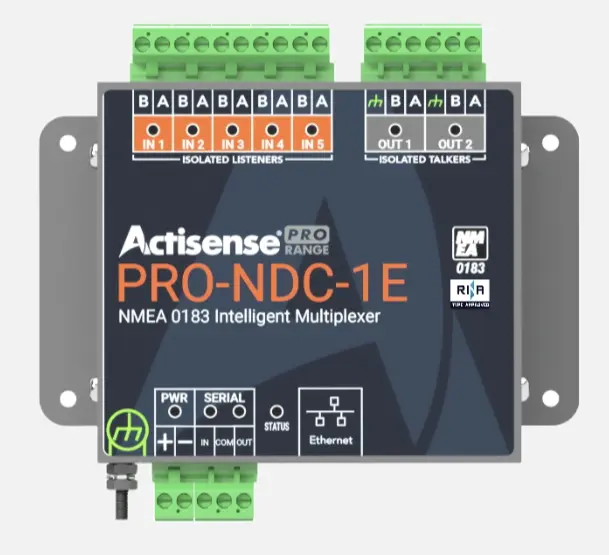
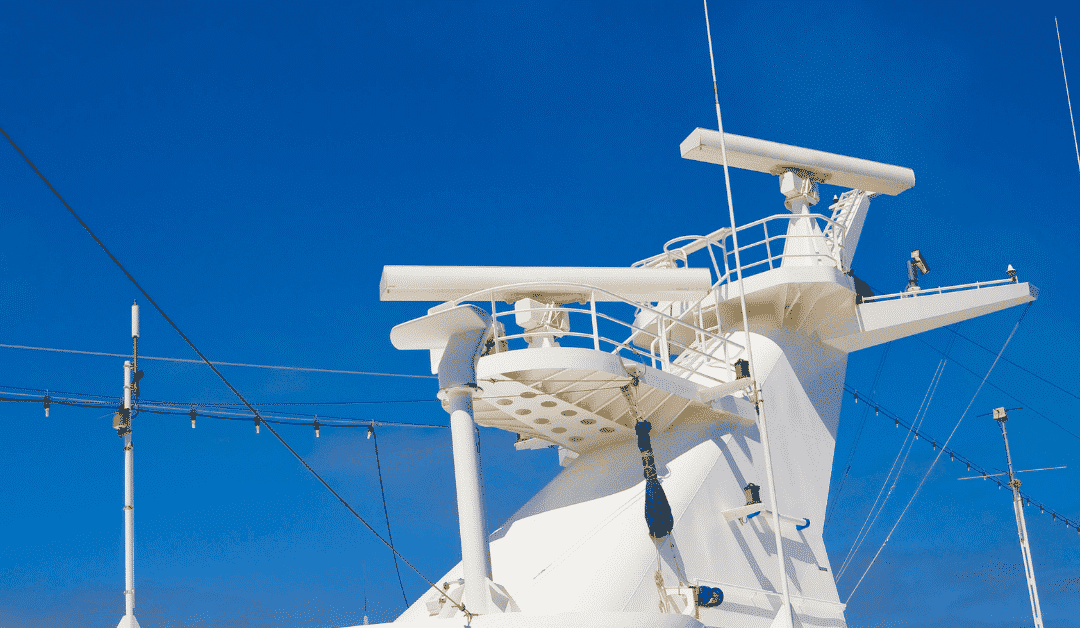

0 Comments